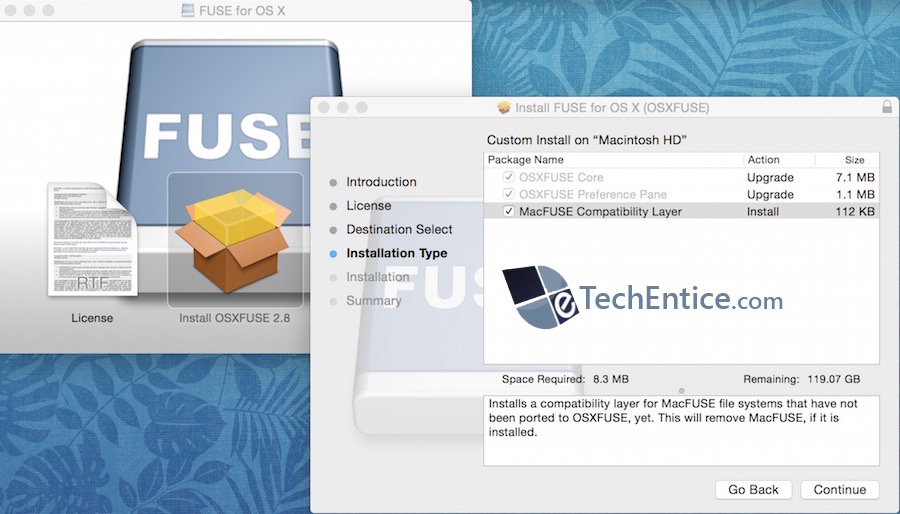

#REMOVE NTFS 3G DRIVER#
While the ntfs-3g driver handles all of them, it always creates new files in the POSIX namespace for maximum portability and interoperability reasons. NTFS supports several filename namespaces: DOS, Win32 and POSIX. If ntfs-3g is set setuid-root then non-root users will be also able to mount volumes. Moreover, by defining a Windows-to-Linux user mapping, the ownerships and permissions are even applied to Windows users and conversely.
#REMOVE NTFS 3G FULL#
You can also assign permissions to a single user by using the uid and/or the gid options together with the umask, or fmask and dmask options.ĭoing so, all Windows users have full access to the files created by ntfs-3g.īut, by setting the permissions option, you can benefit from the full ownership and permissions features as defined by POSIX. Access Handling and Securityīy default, files and directories are owned by the effective user and group of the mounting process, and everybody has full read, write, execution and directory browsing permissions. If either Windows is hibernated or its fast restart is enabled, partitions on internal disks are forced to be mounted in read-only mode. This can be achieved by issuing as an Administrator the Windows command which disables both hibernation and fast restarting : Moreover, the fast restart feature available on recent Windows systems has to be disabled. So, Windows may not be left in hibernation when starting Linux, in order to avoid inconsistencies. On computers which can be dual-booted into Windows or Linux, Windows has to be fully shut down before booting into Linux, otherwise the NTFS file systems on internal disks may be left in an inconsistent state and changes made by Linux may be ignored by Windows. The volume to be mounted can be either a block device or an image file, either by using the mount command or starting the drive. It comes in two variants ntfs-3g and lowntfs-3g with a few differences mentioned below in relevant options descriptions. Ntfs-3g is an NTFS driver, which can create, remove, rename, move files, directories, hard links, and streams it can read and write files, including streams, sparse files and transparently compressed files it can handle special files like symbolic links, devices, and FIFOs moreover it provides standard management of file ownership and permissions, including POSIX ACLs. Mount -t lowntfs-3g ] volume mount_point Description Third Generation Read/Write NTFS Driver Synopsis Windows hibernation and fast restarting.


 0 kommentar(er)
0 kommentar(er)
